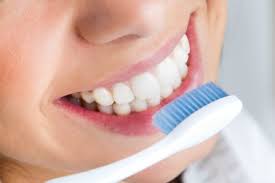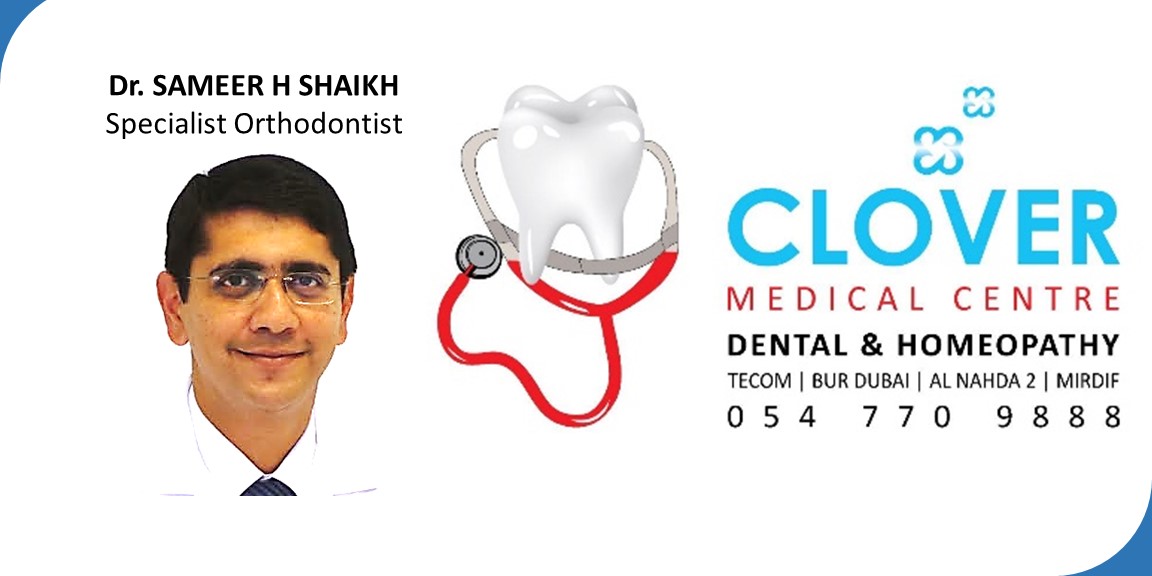The complete guide to great oral health

Take a moment to think about your own oral health. It’s something which far too many of us often overlook but this shouldn’t be the case. Developing and maintaining good oral health and hygiene doesn’t have to be expensive, time-consuming or difficult but can lead to so many worthwhile benefits for the mouth and our overall wellbeing.
To keep your mouth healthy and your smile beautiful, the team at Southcommon Dental have put together their Complete Guide to Oral Hygiene.
Simply follow these four steps and you will be on your way to a life of good oral hygiene….
Brushing
Regularly and thoroughly brushing your teeth is an important step in preventing tooth decay and gum disease. When you brush your teeth, you remove the bacteria that promotes tooth decay and the plaque that can cause gum disease.
How to brush your teeth
- Angle your brush at 45 degrees relative to where your gums and teeth meet. Brush up and down with a gentle and circular massaging motion. Don’t scrub your teeth as gums that recede are often a result of years of brushing too hard.
- Clean the entire surface of every tooth. Make sure you get the chewing surface, the cheek side, and the tongue side.
- Don’t rush the process. A thorough cleaning should take at least two minutes. Time yourself occasionally to make sure you are meeting the mark.
- Pick a soft brush with rounded bristles. The exact size and shape should let you reach the teeth at the very back of your mouth. There are many different types of brushes, so ask your dentist to suggest the best one for you.
- Replace your toothbrush every three months.
Interdental cleaning
Interdental cleaning removes plaque and bacteria that cannot be reached with tooth brushing alone. If you don’t regularly clean between your teeth you are missing more than one-third of your tooth surfaces, this allows plaque to build up.
Clean between your teeth at least once a day, either with dental floss or tape, interdental brushes or an electric water flosser, to ensure that plaque never gets the chance to harden into tartar.
- Hold the interdental brush between your thumb and forefinger. Gently place the brush through the gap between your teeth.
- Do not force the brush head through the gap. If the brush splays or bends then it is too big – a smaller brush head will be needed.
- Interdental brushes come in various sizes. It may be helpful to ask your dentist or hygienist to show you the correct sizes for your mouth.
Avoid certain substances
- Harmful oral bacteria feeds on sugar. By reducing sugar intake, you can reduce the number of bacteria in your mouth. If you insist on eating sugary foods, try to keep it to mealtimes and do not brush immediately after.
- Be wary of acidic foods and drinks. Acid strips tooth enamel of its minerals. Over time, enamel damage leaves the sensitive interior structure of teeth unprotected against cavity-causing bacteria.
- Excessive alcohol consumption can lead to irritations of the tissues inside the mouth, including the tongue and slower healing and poor healing after dental or oral surgery.
- Smoking also has harmful effects on your teeth. When you smoke, you interfere with the normal function of gum tissue cells and affect the attachment of bone and soft tissue to your teeth. This leaves you more susceptible to infections and impairs blood flow to the gums.
Visit your dentist regularly
- The body naturally builds up plaque and calculus and if it’s not removed, it embeds underneath the gum tissues and quietly causes periodontal disease. It doesn’t hurt but it silently produces enzymes that dissolve away the bones.
- A little cavity can be managed with a simple filling. A big cavity becomes a big problem. In its biggest stage, it can cause suffering and swelling but also the loss of a tooth. Regular checkups with your dentist allow you to catch cavities before they turn into big problems.
- There is a strong correlation between gum disease and heart disease. Sugar and starch on the teeth produces billions of bacteria that ends up in the blood stream. While bacteria normally exist in the mouth, gum disease increases the level of bacteria dramatically and it gets carried through the blood and can end up lodged in the heart and clog blood vessels.
